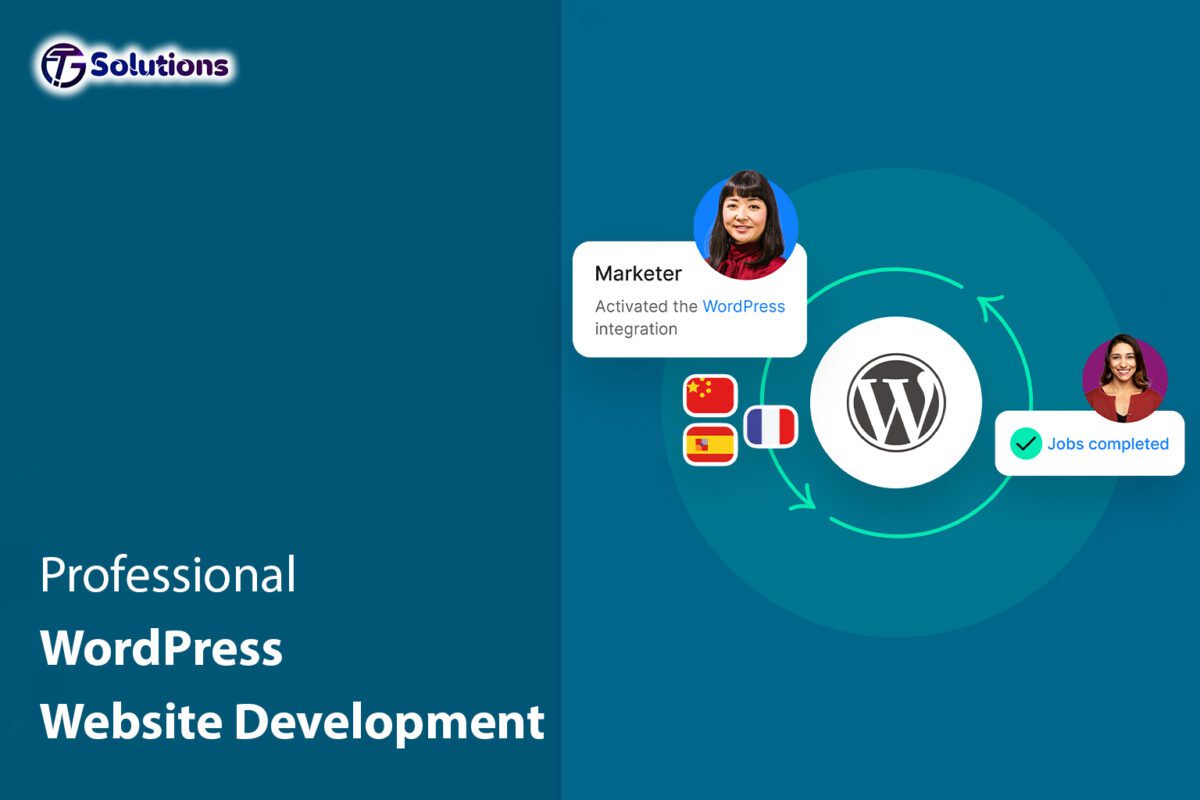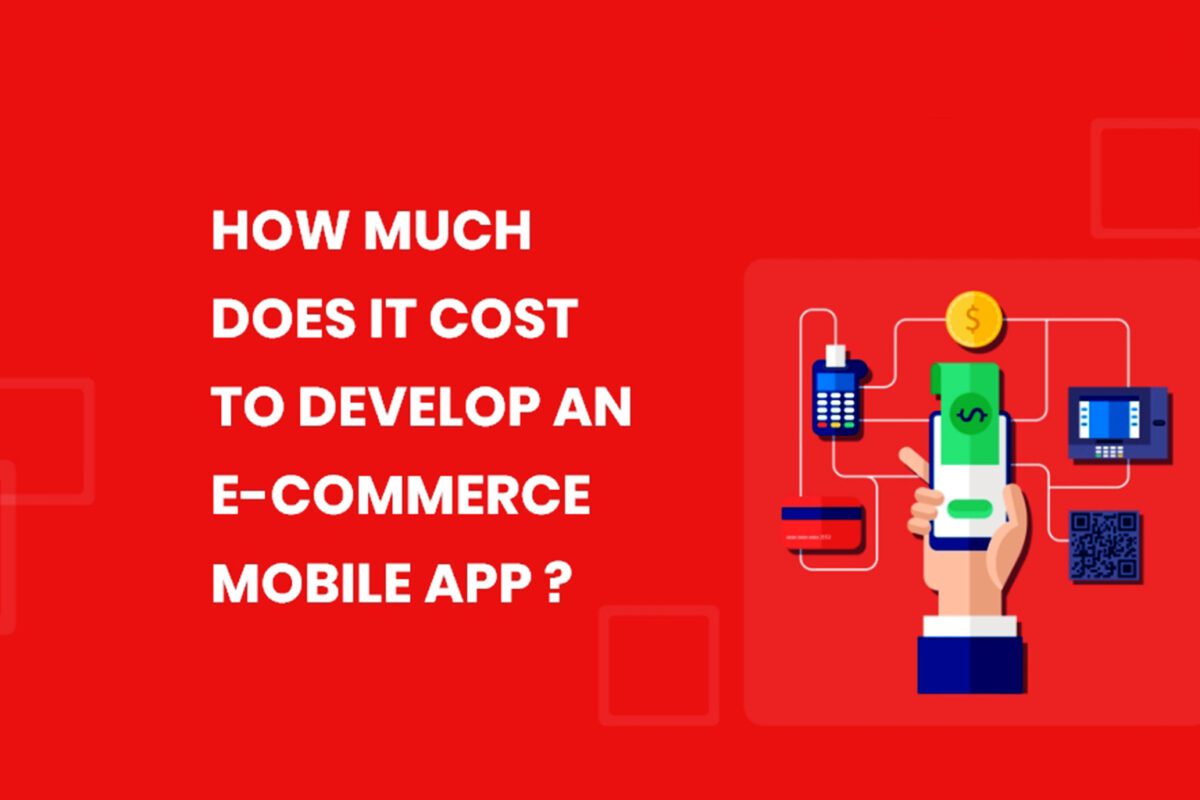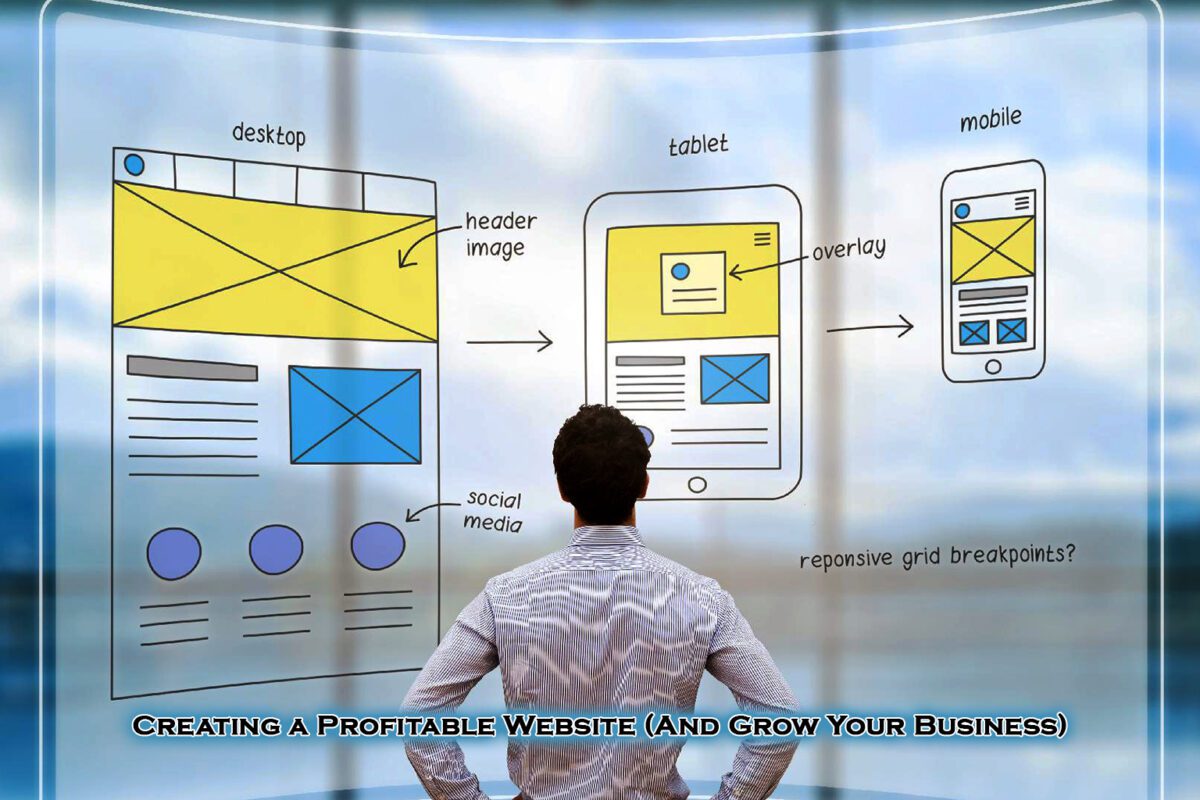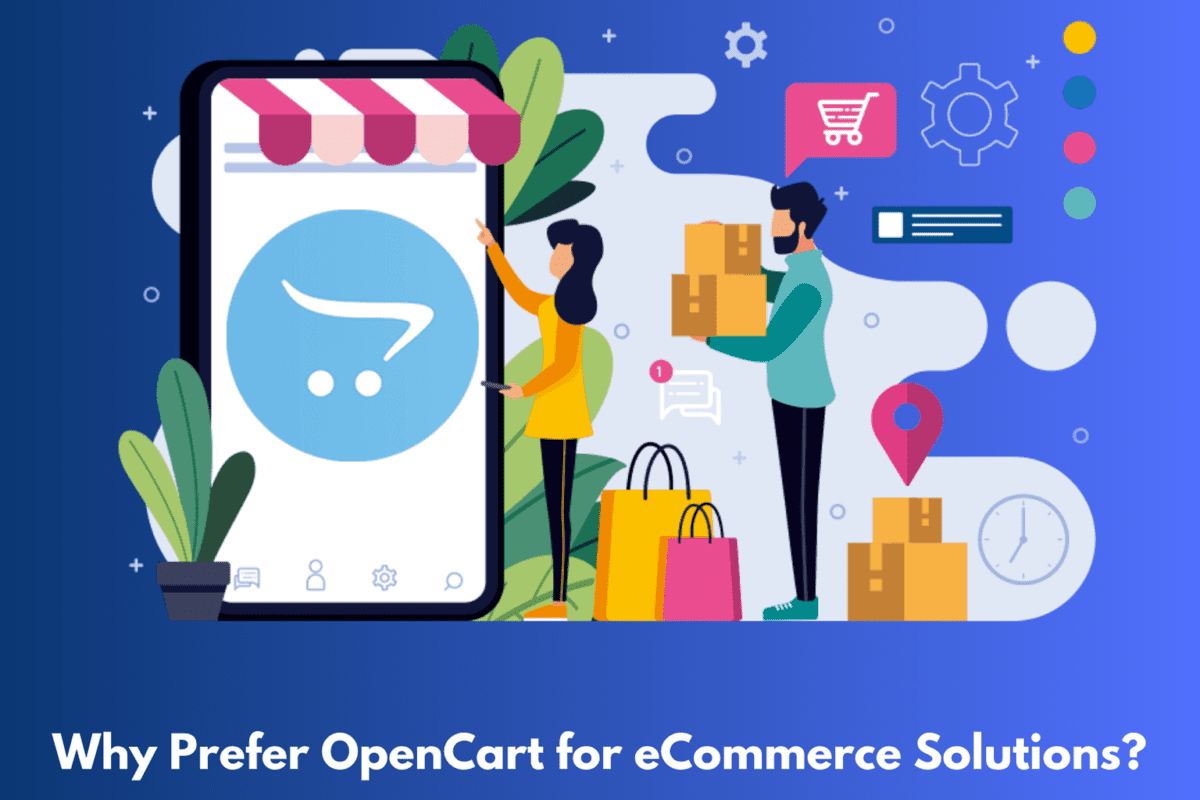Top 7 Development Trends in Online Marketplaces for 2023

Marketplaces have become an essential part of the evolution of e-commerce. A marketplace is a website that allows multiple sellers to sell their goods and services to a large number of people. Marketplaces are critical in today’s digital world for businesses to reach out to customers and for customers to access a diverse range of products and services. With the rise of e-commerce, businesses must understand the key features to consider when developing an online marketplace in 2023.
Top Considerations for Market Growth In 2023
The following market development trends are ones you should be aware of in 2023.
1. Several Payment Methods
Any marketplace must have integration for payments. Many payment methods, including a secure payment gateway, should be available to customers. The majority of eCommerce platforms include pay-on-delivery models, debit/credit card payments, UPI, and country-specific payment gateways (such Stripe, PayPal, PayUMoney, etc.) as basic functionality. In addition to these, you could want to include blockchain and mobile wallets as additional payment choices. Several eCommerce platforms may start accepting cryptocurrencies as a means of payment as a result of the rising popularity of cryptocurrencies, offering a quicker and more secure transaction process.
2. Searching and Filtering
A successful marketplace must have search and filtering capabilities. They help clients navigate the market more effectively and find the things they’re seeking for. Customers can search by a variety of specific features, such as size, colour, material, brand, price range, or even the type of reviews an item has (for example, “4 stars or more,” thanks to advanced search capabilities and product filtering choices. The ability to tailor search and filtering tools to a customer’s interests and search history makes it simpler for them to identify pertinent products. Customers enjoy a more convenient and delightful shopping experience as a result, which enhances the likelihood that they will buy something.
The integration of other search options is also possible. Semantic search makes use of natural language processing to decipher the purpose of a user’s search query and offer not just more relevant search results but also things the user may perhaps need in the future. Customers can use advanced search to upload images to look for products, which can be especially helpful for locating things that are similar to or have a certain design.
3. Product Administration
A key component of the growth of the industry is product management. The integrity of the market depends on a central product database and tools for sellers to manage their products. Customers will always have access to precise and current information on the goods on the market thanks to this.
A wide range of tools that enable sellers to successfully and efficiently manage their products should be available to them. Customers should be able to more easily find what they’re seeking for thanks to sellers’ ability to display their products in several categories. Companies ought to have adequate inventory management systems that aid in monitoring their goods, controlling stock levels, and avoiding overselling and underselling. They also require access to high-quality tools for managing prices, reviews, and analytics. Moreover, promotional tools can assist sellers in organising and managing promotional campaigns that feature deals, coupons, and exclusive offers on particular goods.
4. Client Services
Any marketplace must have good customer service. Due to the fierce competition in the eCommerce sector, offering outstanding customer service is now essential to keeping existing clients and attracting new ones. Customers anticipate a timely reaction and a satisfying resolution when they have problems or complaints. This might be done to voice complaints about the things they’ve bought or to express worries about their purchasing experience. Customers who are happy with their purchases are more likely to shop on the internet again. eCommerce marketplaces may enhance their repeat business by offering good customer service.
Automated chatbots used for live chat assistance can ensure that consumer enquiries are handled effectively. Modern chatbots should be used in every eCommerce project as they are capable of natural language processing. These chatbots ought to be designed to respond to any typical questions a customer would have, from return policies to product replacements.
It is also essential to provide buyers and sellers with a way to escalate problems to human help. This can take the shape of email help, social media chat, a phone conversation, or, if practical, video call support.
5. Purchase Online and Pick Up In Store (BOPIS)
Customers can use the Buy-Online-Pickup-In-Shop (BOPIS) option to order things online and pick them up in-store. This choice is growing in popularity as it gives customers the ease of online shopping and the chance to see the item in person before making a purchase. BOPIS integration can boost foot traffic to physical stores, lower shipping costs and delivery times, and enhance the possibility that customers will make future purchases.
BOPIS is an easy-to-integrate feature that can easily coexist with the current delivery and logistics systems in a marketplace. While checking out, the customer chooses BOPIS (instead of delivery), and the merchant notifies the consumer when the purchase is prepared for pickup. Businesses that use BOPIS may keep ahead of the competition in the quickly changing e-commerce market while offering customers a convenient and flexible buying experience.
6. A.R. and VR
The use of virtual reality (VR) and augmented reality (AR) technologies has grown recently. Customers can have an immersive shopping experience with AR and VR, which enables them to see products in a virtual setting. These technologies make it possible for shoppers to virtually try on clothing, cosmetics, or accessories, view things from all sides, and even engage with them, making for a more interactive and fun shopping experience. Moreover, AR and VR also allow you to visualise how your product might seem in a different context and in different colours, sizes, etc (like your living room). These try-before-you-buy opportunities make them an important aspect to take into account while developing a market.
7. Voice Business
Voice commerce is the practise of making purchases using voice-activated gadgets like Amazon Alexa and Google Home. Businesses must incorporate voice commerce into their marketplaces due to the gadgets’ rising popularity. Making purchases is made simpler and more convenient thanks to this innovation, which offers clients a hands-free and convenient shopping experience.
Voice commerce has the power to completely change how consumers shop. Without ever picking up their phone or computer, users can quickly and conveniently search for products, compare prices, and make purchases using voice commands. Customers who are active, busy, or have mobility issues may find this to be especially helpful. Furthermore, the incorporation of voice commerce can give firms access to valuable consumer information, such as buying patterns and preferences, which can be utilised to tailor the shopping experience and enhance marketing plans.
We’ve spoken about a few elements that will be crucial to the growth of online marketplaces in 2023. User experience, or UX, is an additional factor that determines a marketplace’s performance and is just as significant. An innovative and user-friendly shopping interface will entice people to make purchases and come back for more. The customer interactions with businesses and the UX development landscape are both continually changing, resulting in new trends and improvements in the shopping experience. UX cannot, therefore, be disregarded while developing a marketplace. Read our blog post on the UX trends that will shape the future of eCommerce for more information.
Conclusion
When creating a marketplace in 2023, there are numerous crucial components to take into account. These services, which range from voice commerce and advanced payment integration to product management and AR/VR, are essential for firms to draw in and keep customers. When used properly, these elements can assist companies in building a healthy market that offers clients a seamless purchasing experience.














